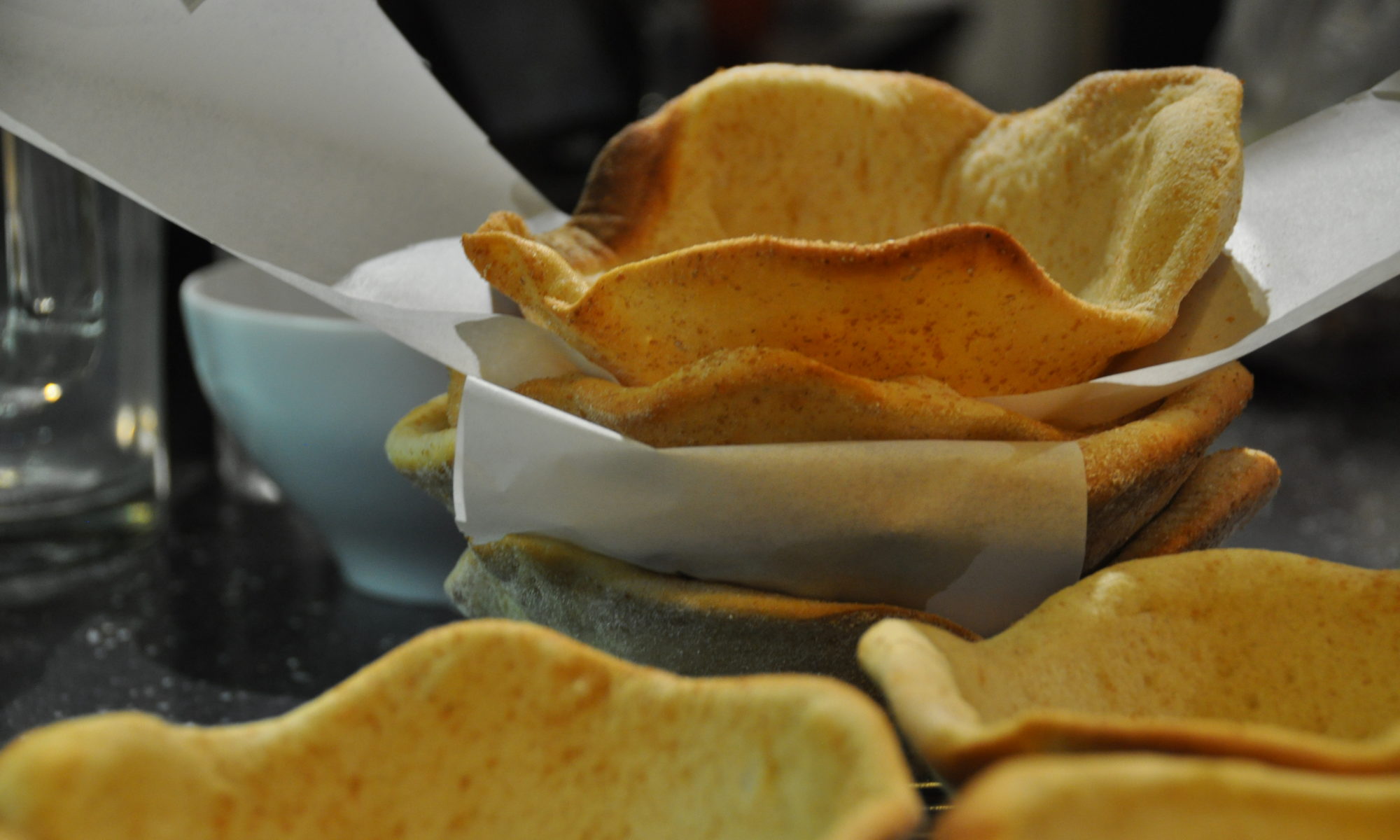 Walk over the fields in October or November, and you’re bound to find rosehips along the edges of the field. It’s well worth gathering a few even if you must pay the price with stings, scratches, and loss of blood.
Walk over the fields in October or November, and you’re bound to find rosehips along the edges of the field. It’s well worth gathering a few even if you must pay the price with stings, scratches, and loss of blood.
Rose hips are full of vitamin C and make for a delicious jam.
You need a little over 1kg rose hips for 2..3 jars of jam. You also need a little time over several days:
(1) Wash the rose hips in cold water, and shake the remaining water off.
(2) Trim the bottom and top ends off, and slice the rose hips slightly. (A small cut will do.)
(3) Put the rosehips into a dry pot, close with a lid, and leave to wilt in the shade on the kitchen top for 2..3 days. You’ll find that the smell increasingly fruity over the wilting period.
(4) Add clean water, just enough to submerge all the rose hips, and gently bring to the boil. Add a spoon of sugar and simmer for 5 minutes, stirring frequently. You’ll be surprised what a thick paste you get right away. This burns easily, so make sure to stir well around the edges frequently.
(5) Pass this through a fine sieve. Nothing for the lazy cook, but think of the rewards!
(6) Repeat steps (4) and (5) with the left-overs (seeds and whatever else you didn’t pass through). This second batch will be thinner but increases the overall yield, and is still pretty fruity. You might want to skip the B-grade addition if you are working towards an entry at the WI’s rose hip jam competition.
(7) Now look what you’ve done: you made some very fine Marc de Rose Hip. Weigh it.
(8) Add the same amount of jam sugar by weight, stir well and let the sugar disolve. Gently bring to the boil, stirring continuously. Add juice from 1/3 lime per 500g of marc. Simmer for approximately 7 minutes, still stirring continuously.
(9) Rinse clean jam jars in very hot water, fill with jam to one finger from the rim, and tightly close the lid immediately. Do not touch or move until they are cooled down and have sealed themselves. There is no need to faff about with waxed or drunken papers or some-such in my opinion.
(10) Label, store in the larder, give a gift to a friend, or sample it first and then decide to keep it all to yourself.






